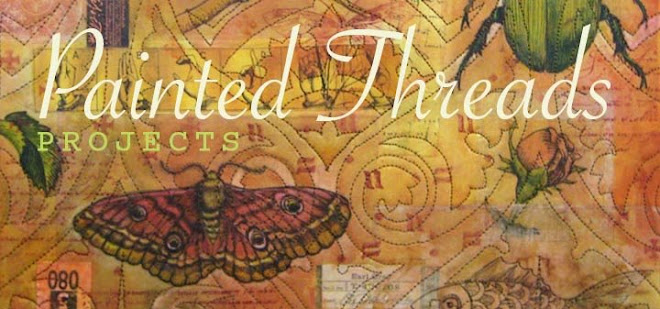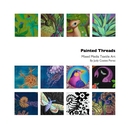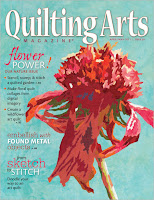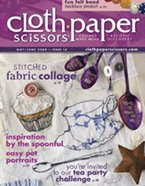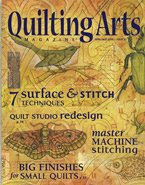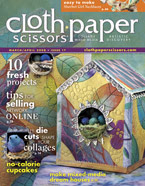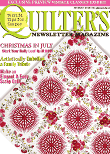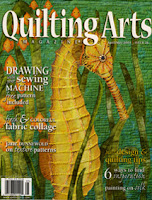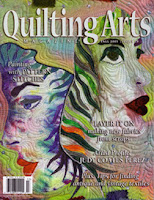Well over the weekend I took the plunge and created a Pinterest account since so many of my friends are on there and see what I've been missing.
While I was poking around I saw quite a few pretty dyed eggs and although this seems a little early, I thought it might be fun to make some felted eggs.
After all they aren't going to spoil between now and Easter :-)
It might be fun to also add some decorative stitching with embroidery floss and adding some cut out wool felt shapes.
If you'd like to make some too, you can follow this tutorial, just roll your yarn balls into oval egg shapes.
 This is a great way to use up leftover wool yarn. Rolling golf ball size yarn balls as a base for the ball. Wind yarn into oblong shapes to get a berry shaped ball. I usually use wool yarn for the center because I know it will felt better, but in a pinch I have used other yarns too. My favorite place to order roving is from Outback Fibers, the colors are gorgeous and the prices are very reasonable.Unwind a length of roving, while holding it in one hand, grasp the end portion with the other hand and gently pull off "tufts" roughly 5-6 inches in length. Spread the fibers into a thin flat layer with all the strands going in one direction. Pull off another tuft of roving and layer it on top of the first at a 90 degree angle. Repeat this process several more times, criss-crossing 4-6 thin layers.
This is a great way to use up leftover wool yarn. Rolling golf ball size yarn balls as a base for the ball. Wind yarn into oblong shapes to get a berry shaped ball. I usually use wool yarn for the center because I know it will felt better, but in a pinch I have used other yarns too. My favorite place to order roving is from Outback Fibers, the colors are gorgeous and the prices are very reasonable.Unwind a length of roving, while holding it in one hand, grasp the end portion with the other hand and gently pull off "tufts" roughly 5-6 inches in length. Spread the fibers into a thin flat layer with all the strands going in one direction. Pull off another tuft of roving and layer it on top of the first at a 90 degree angle. Repeat this process several more times, criss-crossing 4-6 thin layers. When lifting the blanket of roving there should not be thin spots or holes. Changing the colors of yarn in the layers will create a heathered multicolored wool ball.
When lifting the blanket of roving there should not be thin spots or holes. Changing the colors of yarn in the layers will create a heathered multicolored wool ball. Wrap the roving blanket you have created around a yarn ball, making sure there is full coverage of fluffy roving with no bare or thin spots.
Wrap the roving blanket you have created around a yarn ball, making sure there is full coverage of fluffy roving with no bare or thin spots. Close the roving covered yarn ball in your hand and bring it to the foot of a knee hi panty hose. (buy cheap ones at the dollar store, or use those ancient ones in the back of your hosiery drawer that you never wear anymore) Gently remove your hand from around the ball pulling the hose tightly around the roving ball then tie a small piece of yarn to secure the ball in place.
Close the roving covered yarn ball in your hand and bring it to the foot of a knee hi panty hose. (buy cheap ones at the dollar store, or use those ancient ones in the back of your hosiery drawer that you never wear anymore) Gently remove your hand from around the ball pulling the hose tightly around the roving ball then tie a small piece of yarn to secure the ball in place. When all the balls have been wrapped in the hose, place them in the washing machine, set the water to lowest level and hottest setting. Add a small amount of detergent, about a tablespoon, the exact measurement is not crucial but soap is important in the felting process. I usually run it on a long cycle, the more agitation the better the felting. Good old fashion top loading washers have the most success with felting.
When all the balls have been wrapped in the hose, place them in the washing machine, set the water to lowest level and hottest setting. Add a small amount of detergent, about a tablespoon, the exact measurement is not crucial but soap is important in the felting process. I usually run it on a long cycle, the more agitation the better the felting. Good old fashion top loading washers have the most success with felting.When you take the chain of balls out of the machine, you will see little fibers have come though the mesh of the hose. Snip the tied yarn between the balls, gently peel away the hose removing the ball and roll the ball in your hands to smooth the fibers.
Click here to watch a video tutorial to make felted pumpkins which start with a basic felted ball.
Tweet
